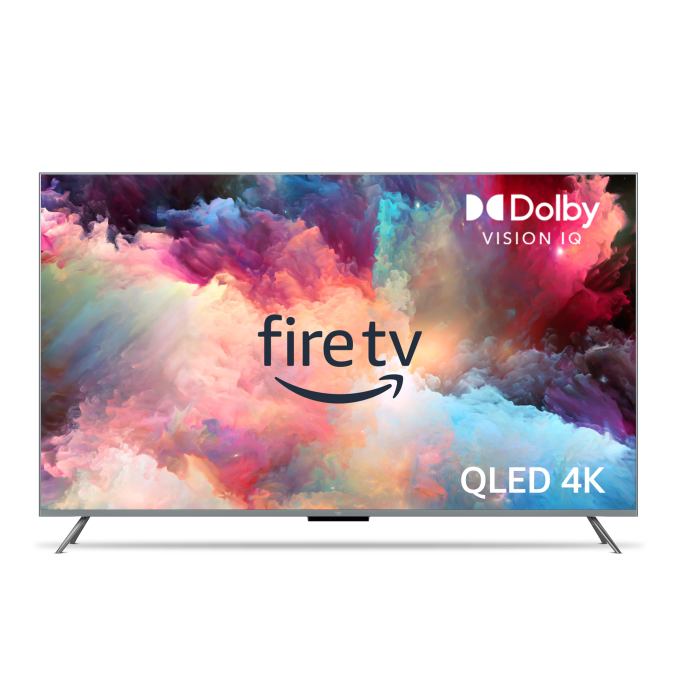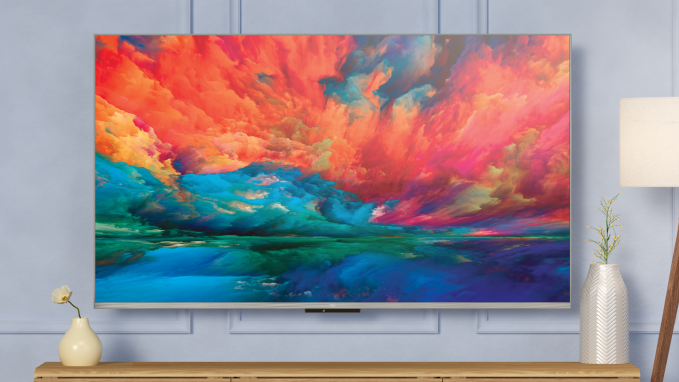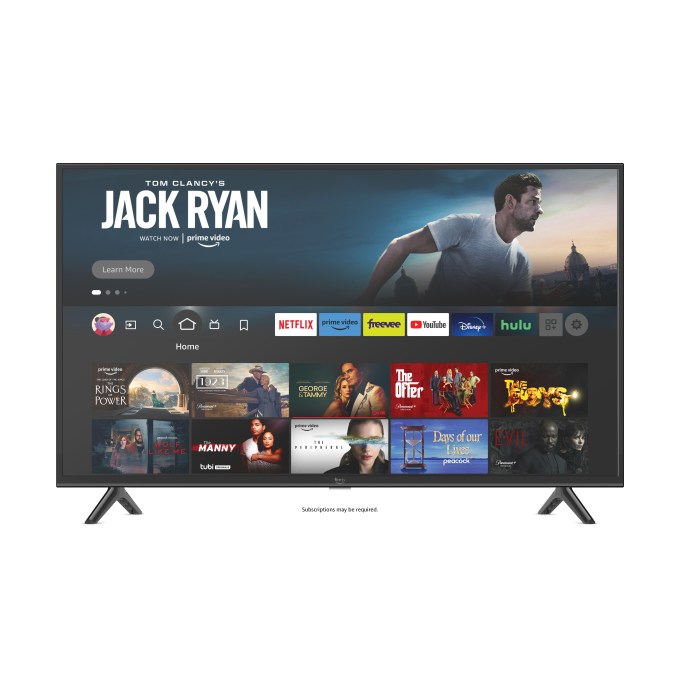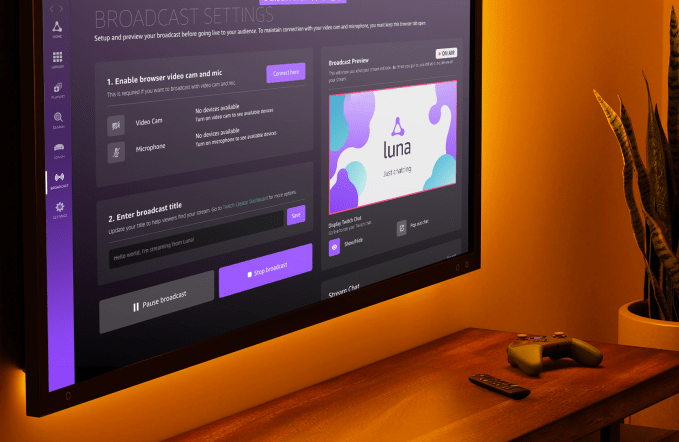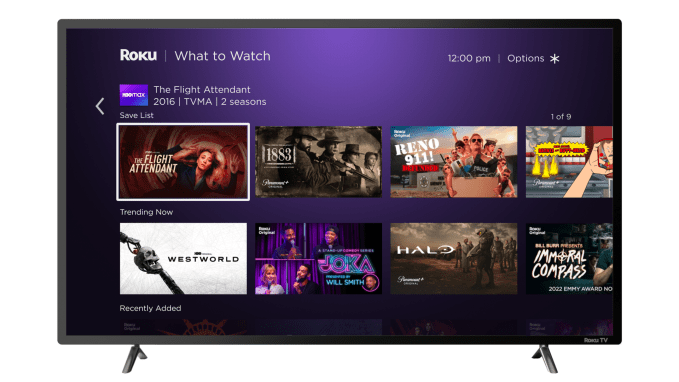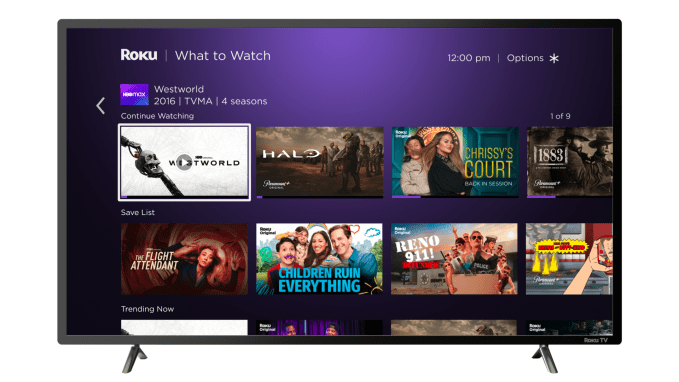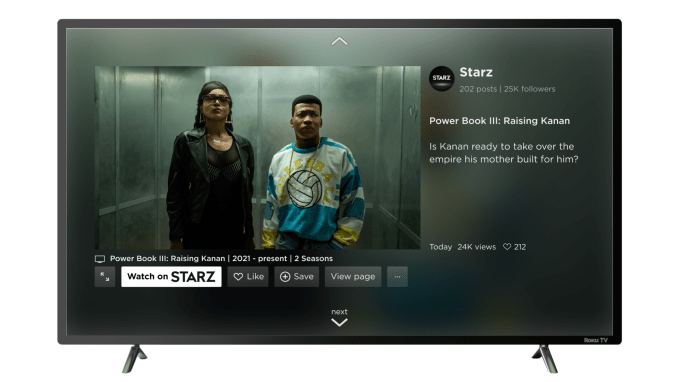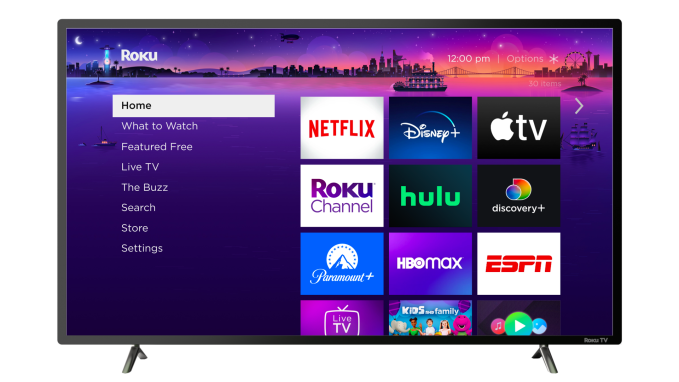
Image Credit: nefasth
When we think about how we want to present our products to our potential customers, I think that we can all agree that we’d like to make the product look as attractive as possible. No matter if we are using words, pictures, or even video, our goal is to make the product look like something that our customers would desire to get their hands on. However, is it possible that we’ve been getting this all wrong? Is there another way that could allow us to be even more successful?
What Is The Best Way To Reach Customers?
I’m pretty sure that we’ve all watched shows like the Superbowl and seen the glitzy commercials that have been created for major brands. These commercials often look so good with their fancy special effects that we might be mistaken that they are really a movie trailer for a film that will be coming out shortly. However, it turns out that there is another way that product managers are also trying to capture their audience’s attention: low-budget, short-form YouTube talk shows using lesser-known celebrities. While the beautiful, costly productions remain most big product manager’s favored tool of persuasion on TV, high-polish work is being chipped away online as our consumers enthusiastically spread amateur and semiprofessional aesthetics, meme by meme and like by like. Product managers are learning the art of looking a little less artful, to better to show that they understand certain audiences and platforms.
Looking for a way to describe what is going on, product managers have come up with the term “ugly advertising.” Not all product managers like this approach – they believe in craftsmanship. However, at the end of the day it’s about connecting with potential customers. If customers are connecting with this, product managers owe it to themselves to understand it. Deliberately “ugly” advertising is perhaps somewhat random but it is never sloppy, it conveys an idea simply, and it isn’t overly concerned with looking cool.
Growing ad avoidance by consumers is eroding the value of perfection in advertising. The problem is that customers are developing an aversion to ads that look like ads. When they see that production value, it can be a trigger that you’re trying to sell me something to them, and customers aren’t interested in that. What product managers are starting to understand is that “ugly can sell”. High-finish content can be a red flag on some channels, suggesting to users that the advertiser may be an interloper. When brands show up with advertising that’s really slick, it’s like they’re putting content on the platform, not in the platform.
Say Hello To The New Ugly
Product managers have to understand that they need some degree of control and influence, but by no means should they be held hostage by their own brand guidelines. One of the big questions that product managers are trying to answer is if unslick advertising will become common on TV. What need to realize is that these days tweens, children, watch YouTube. This has become their new TV. But product managers must avoid the appearance of insincerity – of trying to present themselves as something they’re not. This approach won’t work for every product manager. A good example would be if you worked for a bank. If you do, then you should not be doing this. Let’s face it, financial institutions should emphasize their professionalism and attention to detail over relatability.
Product managers should have an open mind about adopting a lo-fi aesthetic. We need to realize that not everything should be this way, but it’s one more tool that we have to work with. So how can we go about using this new approach to advertising? The first thing that we can do is to work with partners who know a given platform or its audience. They can help us to feel out the right time and place. We then have to look for our shot. Production budgets don’t matter in this new world. That’s a great opportunity for smaller brands, for challenger brands. We are going to want to keep it simple, but we must not forget to bring an idea. We have to be careful to not come across as being a poseur. Our potential customers can smell any brands trying to force authenticity.
The good news about advertising our products this way is that it can get talked about so much because no one has done anything like it before. Understand that half of the people are ready for something like this and the other half completely won’t understand it. Perhaps counterintuitively, the spread of the new ugly advertising is actually increasing the premium on craft. We need to keep in mind that it doesn’t always have to be expensive, but care and professionalism will always be important.
What All Of This Means For You
Every product manager wants to let the world know about their product. If they could, they would create high quality ads that would take their potential customer’s breath away. This type of ad can work; however, it turns out that there is another approach that might work also. This new approach can cost a great deal less and it can have the same impact as the movie quality types of ads that we are used to trying to create. How can we tap into this new style of advertising?
We all know that high quality, professional, ads make our product look great. However, it turns out that lower quality YouTube style presentations of our product can also have an impact. Creating this less polished type of advertising allows us to connect with our audience. This new style is called “ugly advertising”. Our potential customers are avoiding polished ads and the use of ugly ads can capture their attention. As YouTube becomes the new TV for the younger crowds, this type of advertising can catch on. We have to be careful – it’s probably not appropriate for every product. We have to choose the right partners and we have to keep it simple. This is a new way to get people talking about our product.
The ultimate goal for any product manager is to get their product noticed by potential customers. If we can get their attention, then we can potentially get them to buy our product. We are always looking for a better way to make this happen. It is starting to appear that we don’t always have to deliver a polished advertisement – we can go lo-fi and still spark the interest of our customer. We just have to understand the best way to go about doing this and then execute it with the professionalism that we always insist on.
– Dr. Jim Anderson
Blue Elephant Consulting –
Your Source For Real World Product Management Skills
Question For You: How can you tell if a product would benefit from a lo-fi advertising approach?
P.S.: Free subscriptions to The Accidental Product Manager Newsletter are now available. It’s your product – it’s your career. Subscribe now: Click Here!
What We’ll Be Talking About Next Time
As product managers our job is to create products that our potential customers will want. We don’t often spend a lot of time thinking about how we are going to deliver our products to our customers. However, perhaps we should. If it turned out that how we get our products to our customers had an impact on how much of our product we were able to sell, then all of sudden we’d get very interested in just how this gets done. Some product managers have realized this, and they have all of sudden become very interested in drive-throughs.
The post Do Product Managers Need To Become Less Perfect? appeared first on The Accidental Product Manager.




